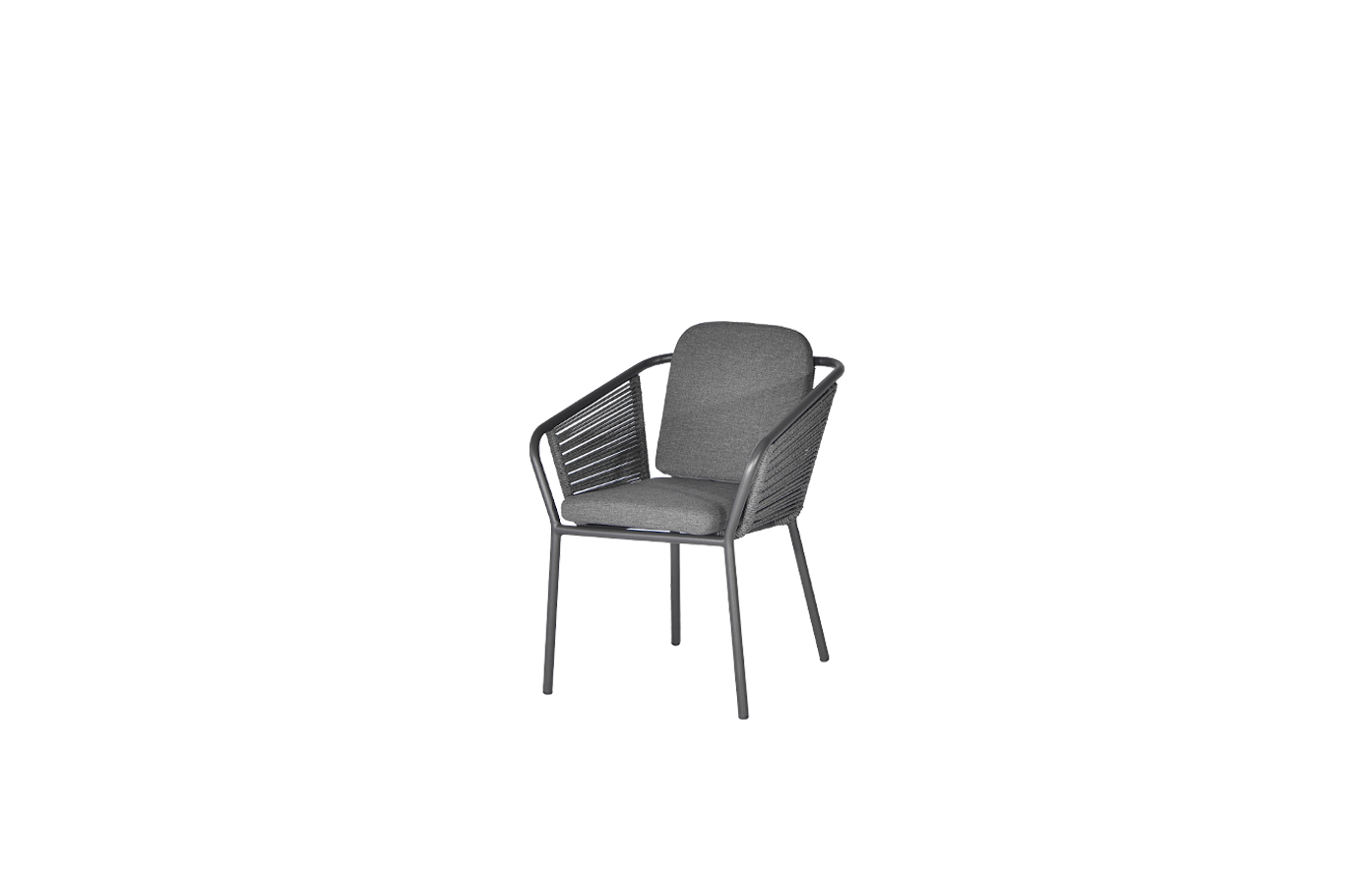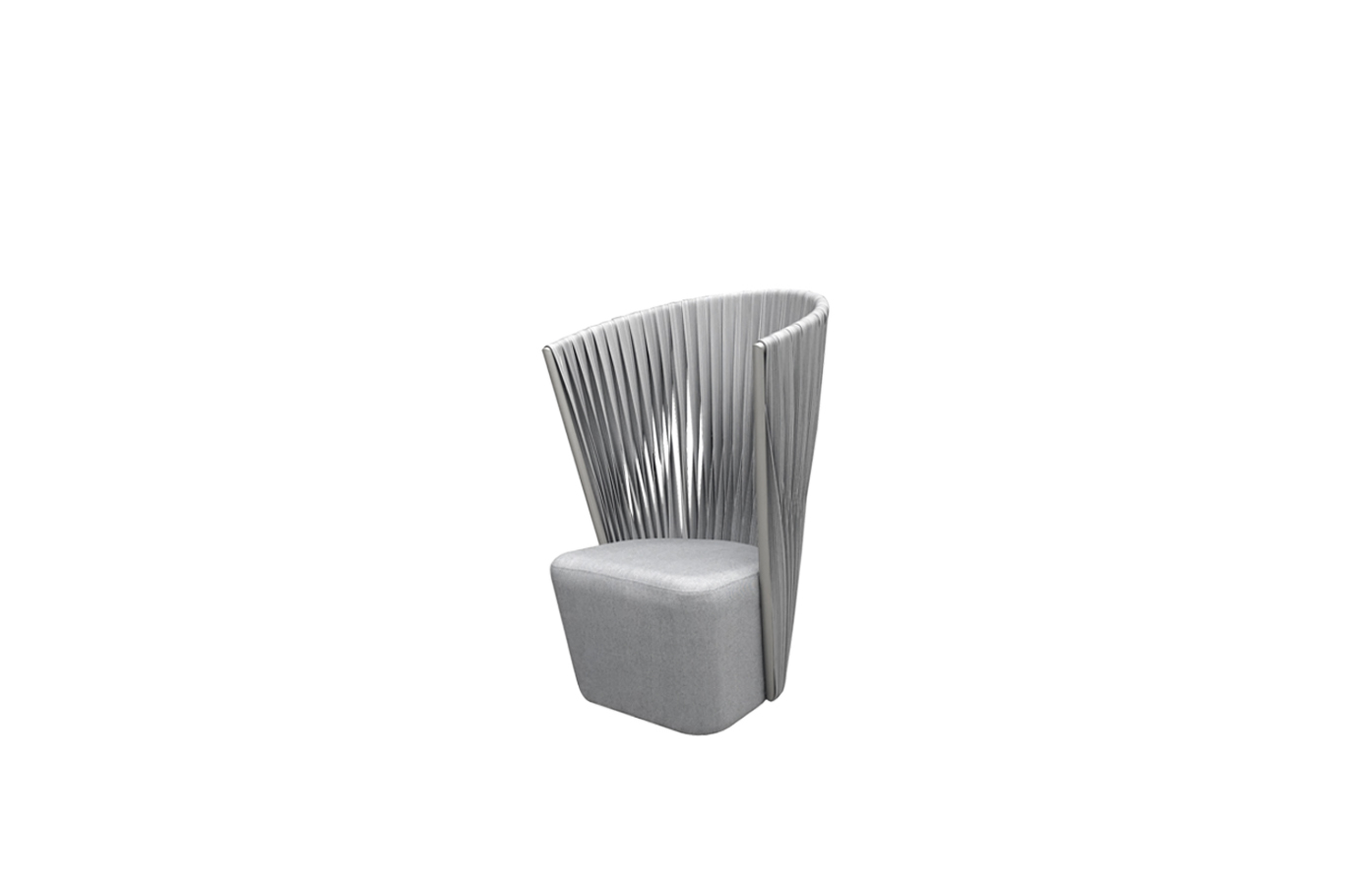
The Evolution of Dining Chairs: From Ancient Times to Modern Style
Dining chairs are an integral part of any dining space, whether it’s a humble kitchen nook or an elegant formal dining room. They serve not only as a functional seating option but also as a statement of style and design. The history of dining chairs is a fascinating journey that spans thousands of years, reflecting the cultural shifts and design trends of different eras. From simple tools for sitting to luxurious thrones, let’s explore the evolution of dining chairs from ancient times to the modern era.

The Evolution of Dining Chairs: From Ancient Times to Modern Style
The earliest known evidence of dining chairs dates back to ancient Egypt. These chairs were not as elaborate as the ones we are accustomed to today. They were simple and utilitarian, often constructed from wood or stone. Egyptians believed that sitting on a chair elevated a person’s status, so chairs were reserved for the wealthy and those in positions of power.
As civilizations advanced, so did the complexity and design of dining chairs. In ancient Greece, chairs were reserved for the elite. Ancient Greek chairs, known as klismos chairs, featured an elegant curved back and slim, tapered legs. These chairs were often made from expensive materials like wood and ivory, showcasing the wealth and refinement of the owner.
During the Renaissance period, dining chairs took on a grander form. The heavy, ornate styles of the Gothic and Renaissance periods saw dining chairs with backs adorned with intricate carvings and upholstered seats. These chairs were often associated with elaborate feasts and formal dining occasions.
The 18th century marked a significant shift in dining chair design. As the Industrial Revolution progressed, mass production techniques made chairs more accessible to a wider range of people. The Chippendale style emerged during this time, characterized by elaborate detailing and a mix of influences from Queen Anne, Gothic, and Chinese designs. These chairs were favored by the wealthy and became a symbol of opulence and status.
The 19th century brought about a revolution in dining chair design with the advent of the Windsor chair. This chair featured a semicircular, bentwood back and spindles for support. Windsor chairs were simple and practical, making them popular among the middle class. The industrialization of furniture manufacturing made Windsor chairs affordable and widely available.
In the 20th century, dining chair design became increasingly influenced by modernism and the pursuit of functionality. Bauhaus, an influential design school in Germany, led the way with their minimalist, sleek designs. Chairs made from tubular steel and molded plywood became popular, showcasing the marriage of form and function.

The Evolution of Dining Chairs: From Ancient Times to Modern Style
Today, dining chairs come in a myriad of designs, materials, and styles to suit various tastes and interior themes. From classic wooden chairs with upholstered seats to sleek, contemporary designs using a combination of metal and plastic, the possibilities are endless. Comfort and durability are now key considerations in dining chair design, as people prioritize ergonomics and longevity.
Whether you prefer traditional elegance or modern minimalism, dining chairs have come a long way from their humble beginnings. They have evolved to embody the cultural, technological, and artistic advancements of different eras. So the next time you sit down at your dining table, take a moment to appreciate the rich history behind your dining chairs. After all, they are not just objects; they are a reflection of human ingenuity and our ever-changing sense of style. Left-Armrest Sofa
